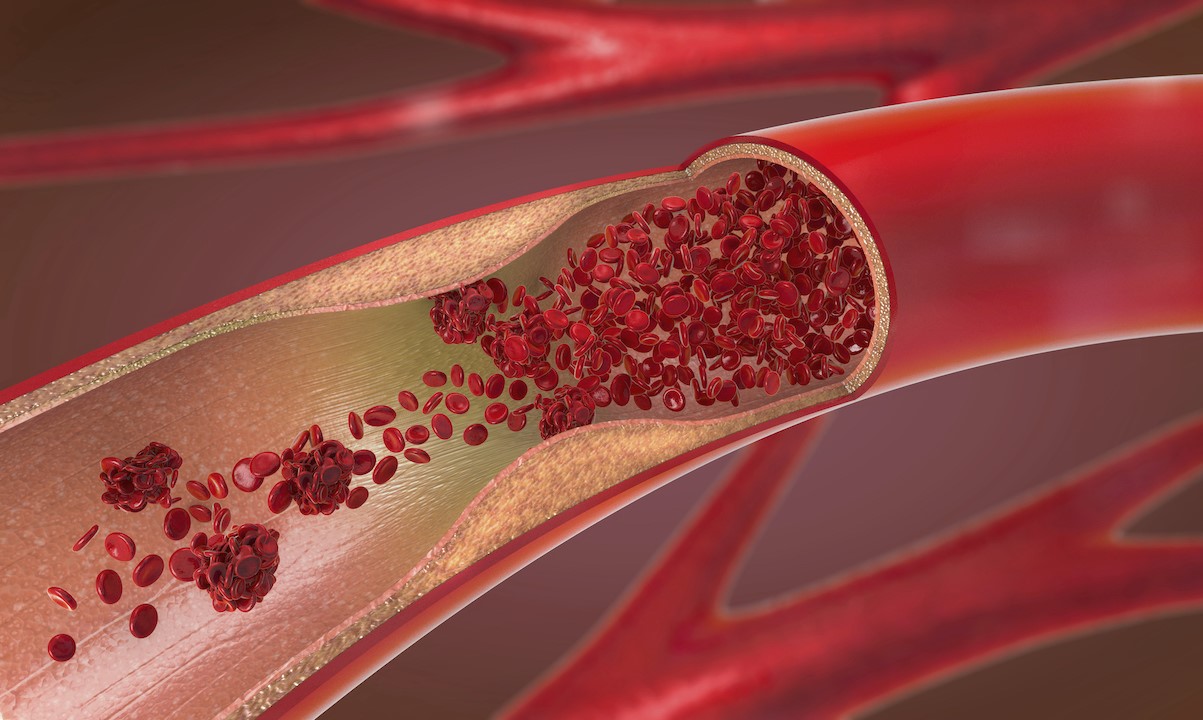
Muscular fibrosis multifocal obstructed vessels might sound like a mouthful, but understanding it is crucial for anyone interested in health. This condition involves the thickening and scarring of muscle tissues, often leading to blocked blood vessels. Why should you care? Because it affects how blood flows through your body, impacting everything from energy levels to organ function. How common is it? Not very, but knowing the signs can make a big difference. What causes it? Factors range from genetic predispositions to lifestyle choices. Can it be treated? Yes, but early detection is key. Let's dive into 25 facts that will help you grasp this complex condition better.
Key Takeaways:
- Muscular Fibrosis Multifocal Obstructed Vessels (MFMOV) causes muscle stiffness and weakens blood vessels, making daily tasks challenging. Genetic mutations and environmental factors contribute to its development.
- Managing MFMOV involves physical therapy, medication, and emotional support. Research in gene therapy and stem cells offers hope for future treatments. Accessing support groups and resources is crucial for individuals and their families.
Understanding Muscular Fibrosis Multifocal Obstructed Vessels
Muscular Fibrosis Multifocal Obstructed Vessels (MFMOV) is a complex condition affecting the muscles and blood vessels. Here are some intriguing facts about this rare disorder.
-
MFMOV is characterized by the formation of fibrous tissue in muscles, leading to stiffness and weakness.
-
The condition also involves the obstruction of blood vessels, which can impair blood flow to affected areas.
-
Symptoms of MFMOV can vary widely, making diagnosis challenging.
Causes and Risk Factors
Understanding what leads to MFMOV can help in managing the condition better. Here are some key points about its causes and risk factors.
-
Genetic mutations are believed to play a significant role in the development of MFMOV.
-
Environmental factors, such as exposure to certain toxins, may also contribute to the onset of the disease.
-
Family history of muscular or vascular disorders increases the risk of developing MFMOV.
Symptoms and Diagnosis
Recognizing the symptoms early can lead to more effective management of MFMOV. Here are some common signs and diagnostic methods.
-
Muscle stiffness and weakness are primary symptoms of MFMOV.
-
Patients may experience pain and cramping in the affected muscles.
-
Reduced blood flow can lead to cold extremities and slow wound healing.
-
MRI and CT scans are commonly used to diagnose MFMOV by visualizing muscle and vessel abnormalities.
Treatment Options
While there is no cure for MFMOV, several treatment options can help manage the symptoms and improve quality of life.
-
Physical therapy is often recommended to maintain muscle strength and flexibility.
-
Medications such as anti-inflammatory drugs can help reduce pain and inflammation.
-
In severe cases, surgical intervention may be necessary to remove fibrous tissue or bypass obstructed vessels.
Living with MFMOV
Managing daily life with MFMOV can be challenging, but understanding how to cope can make a significant difference.
-
Regular exercise, tailored to the individual's capabilities, can help maintain muscle function.
-
A balanced diet rich in nutrients supports overall health and muscle function.
-
Support groups and counseling can provide emotional support and practical advice for living with MFMOV.
Research and Future Directions
Ongoing research is crucial for understanding MFMOV better and developing new treatments. Here are some exciting developments in the field.
-
Scientists are exploring gene therapy as a potential treatment for MFMOV.
-
Stem cell research holds promise for regenerating damaged muscle tissue.
-
Advances in imaging technology are improving the accuracy of MFMOV diagnosis.
Impact on Daily Life
MFMOV can significantly affect daily activities and quality of life. Here are some ways it impacts those living with the condition.
-
Simple tasks like walking or lifting objects can become difficult due to muscle weakness.
-
Chronic pain and fatigue can lead to decreased productivity and social isolation.
-
Accessibility modifications, such as ramps and grab bars, can help individuals maintain independence.
Support and Resources
Access to support and resources is vital for individuals with MFMOV and their families. Here are some helpful options.
-
Nonprofit organizations offer resources and support for those affected by MFMOV.
-
Online forums and social media groups provide a platform for sharing experiences and advice.
-
Educational materials and workshops can help patients and caregivers better understand and manage the condition.
Final Thoughts on Muscular Fibrosis Multifocal Obstructed Vessels
Understanding muscular fibrosis multifocal obstructed vessels can be a game-changer for those affected. This condition, marked by muscle stiffness and restricted blood flow, often leads to significant discomfort and mobility issues. Early diagnosis and treatment are crucial for managing symptoms and improving quality of life.
Physical therapy, medications, and sometimes surgery can help alleviate symptoms. Staying informed and proactive about health can make a big difference. If you or someone you know shows signs of this condition, consult a healthcare professional for proper guidance.
Knowledge empowers us to take control of our health. By staying aware of conditions like muscular fibrosis multifocal obstructed vessels, we can better support ourselves and others. Keep learning, stay vigilant, and prioritize well-being.
Frequently Asked Questions
Was this page helpful?
Our commitment to delivering trustworthy and engaging content is at the heart of what we do. Each fact on our site is contributed by real users like you, bringing a wealth of diverse insights and information. To ensure the highest standards of accuracy and reliability, our dedicated editors meticulously review each submission. This process guarantees that the facts we share are not only fascinating but also credible. Trust in our commitment to quality and authenticity as you explore and learn with us.
